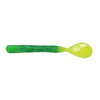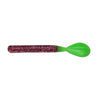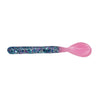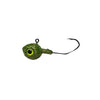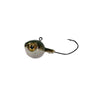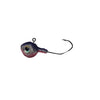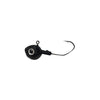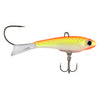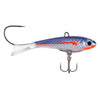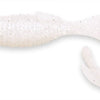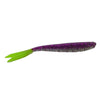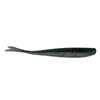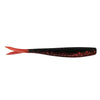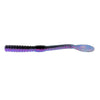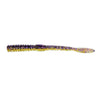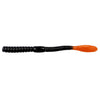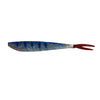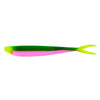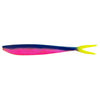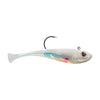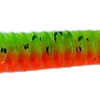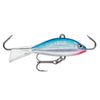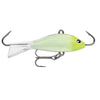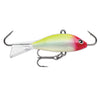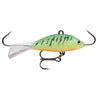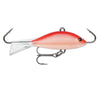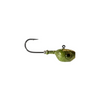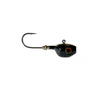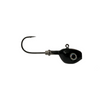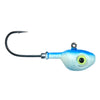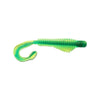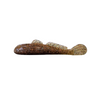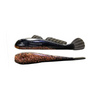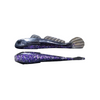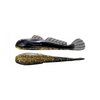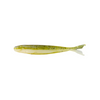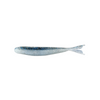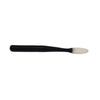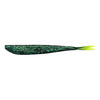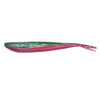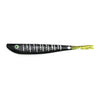-
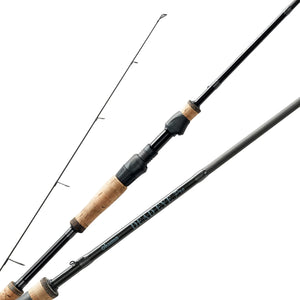 Vendor:Okuma
Vendor:OkumaOkuma Dead Eye Pro "A" Series Spinning
Regular price $139.99 CADRegular price -
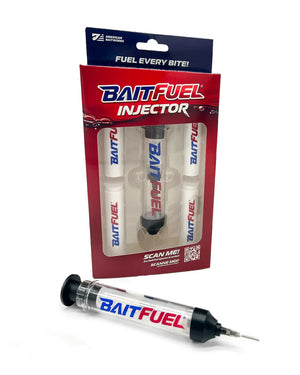 Vendor:American Baitworks
Vendor:American BaitworksBaitFuel Freshwater Injector Kit
Regular price $34.99 CADRegular price -

 Vendor:Bondy Bait Company Inc.
Vendor:Bondy Bait Company Inc.Bondy "D" Tail Worm 3.75"
Regular price $7.99 CADRegular price -
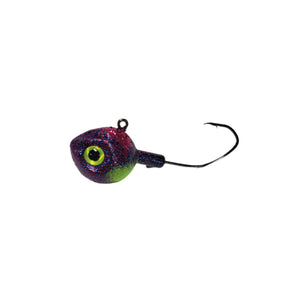
 Vendor:Better Bites Tackle
Vendor:Better Bites TackleBetter Bites Tackle Jig Heads
Regular price $7.99 CADRegular price -
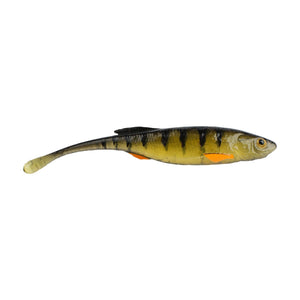
 Vendor:Berkley
Vendor:BerkleyBerkley Powerbait Drip Minnow
Regular price $14.99 CADRegular price -

 Vendor:Tactical Fishing Gear
Vendor:Tactical Fishing GearTactical Fishing Gear Compact Jigging Special - NTF06-59 (5'9" MH)
Regular price $154.99 CADRegular price -

 Vendor:Northland
Vendor:NorthlandNorthland Pitchin' Puppet
Regular price From $11.49 CADRegular price -
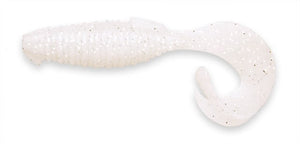
 Vendor:Keitech
Vendor:KeitechKeitech Flapper Grub 4"
Regular price $10.49 CADRegular price -

 Vendor:Lunker City
Vendor:Lunker CityLunker City 3D Fish Eyes
Regular price $6.99 CADRegular price -
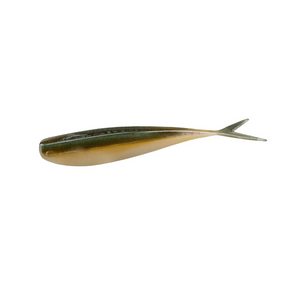
 Vendor:Lunker City
Vendor:Lunker CityLunker City 3.5" Fat Fin-S Fish
Regular price $7.99 CADRegular price -

 Vendor:Wyandotte
Vendor:WyandotteWyandotte Motor City Minnow
Regular price $6.99 CADRegular price -


-

 Vendor:Big Bite Baits
Vendor:Big Bite BaitsBig Bite Baits Scentsation Slim Minnow 4"
Regular price $7.99 CADRegular price -

 Vendor:Big Bite Baits
Vendor:Big Bite BaitsBig Bite Baits 4" Slim Minnow
Regular price $8.49 CADRegular price -
-

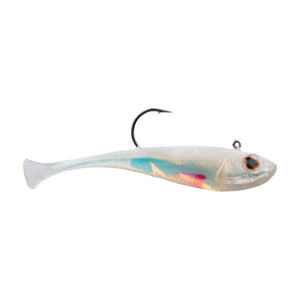 Vendor:Berkley
Vendor:BerkleyBerkley Powerbait Power Switch 3"
Regular price $12.99 CADRegular price -
Sold out

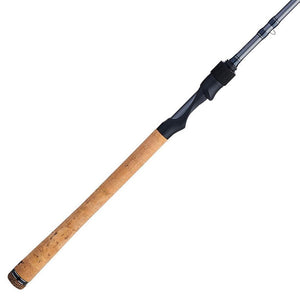 Vendor:Fenwick
Vendor:FenwickFenwick Elite Walleye Spinning Rod 2023
Regular price $339.99 CADRegular price -

 Vendor:RTM Tackle
Vendor:RTM TackleRTM Tackle 4" Ringworm
Regular price $8.99 CADRegular price -

-
Sold out

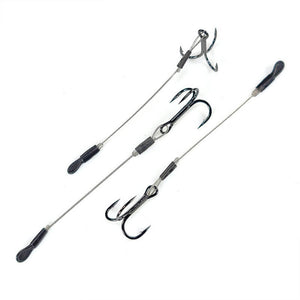 Vendor:Gamakatsu
Vendor:GamakatsuGamakatsu Treble Hook Stinger Rig - Wire Leader
Regular price $6.99 CADRegular price -
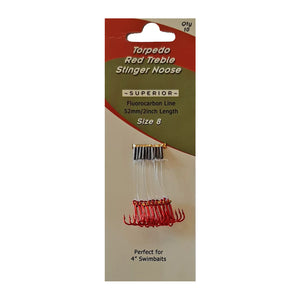
 Vendor:Torpedo
Vendor:TorpedoRed Treble Stinger Noose 10pk
Regular price $9.99 CADRegular price -


-
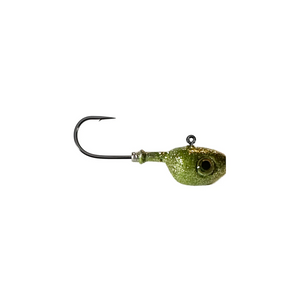
 Vendor:Pow Casting
Vendor:Pow CastingPOW Casting The Big River Fast Water Jig Head
Regular price $6.99 CADRegular price -

 Vendor:Lamiglas
Vendor:LamiglasLamiglas The Detroiter Series Spinning Rod
Regular price $219.99 CADRegular price -
Sold out


-
Sold out
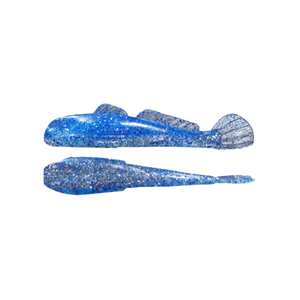
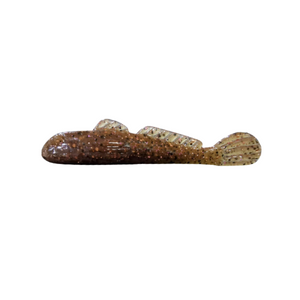 Vendor:Grumpy Bait Company
Vendor:Grumpy Bait CompanyGrumpy Goliath Goby 3.3"
Regular price $7.99 CADRegular price -
Sold out
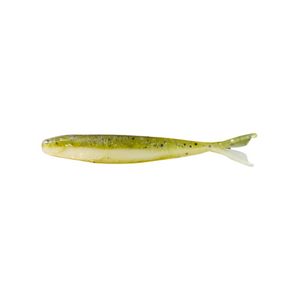
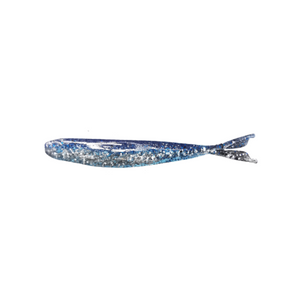 Vendor:Grumpy Bait Company
Vendor:Grumpy Bait CompanyGrumpy Minn-Fin 4"
Regular price $7.99 CADRegular price -
Vendor:Domo's Custom Tackle
Domo's Walleye Jig Heads
Regular price $9.99 CADRegular price -
Sold out
 Vendor:Eagle Claw
Vendor:Eagle ClawEagle Claw Stinger Treble Hook
Regular price $6.79 CADRegular price -
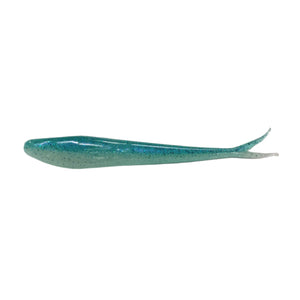
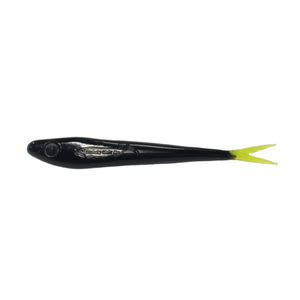 Vendor:Bondy Bait Company Inc.
Vendor:Bondy Bait Company Inc.Bondy BaitFish 3.75"
Regular price $6.99 CADRegular price -

 Vendor:Lunker City
Vendor:Lunker CityLunker City Fin-S Fish 4" Minnow
Regular price $8.99 CADRegular price -
 Vendor:Daiwa
Vendor:DaiwaDaiwa RG Walleye Series Spinning Rod
Regular price $99.99 CADRegular price -

 Vendor:Bondy Bait Company Inc.
Vendor:Bondy Bait Company Inc.Bondy Worm 3.75"
Regular price $6.99 CADRegular price -
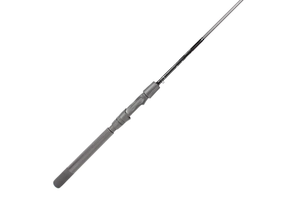
 Vendor:Lamiglas
Vendor:LamiglasLamiglas The Closer Jigging Rod
Regular price $449.99 CADRegular price -


-
 Vendor:Seaguar
Vendor:SeaguarSeaguar Blue Label Fluorocarbon Leader
Regular price From $17.49 CADRegular price -
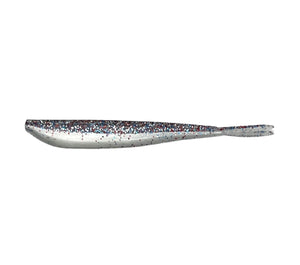
 Vendor:Lure Lipstick
Vendor:Lure LipstickLure Llipstick 4" Split Tail Minnows
Regular price $7.99 CADRegular price -
Sold out

 Vendor:Tactical Fishing Gear
Vendor:Tactical Fishing Gear3.5" Caliber Worm
Regular price $7.49 CADRegular price -

 Vendor:Tactical Fishing Gear
Vendor:Tactical Fishing GearTactical Fishing Gear Jigging Special Rod - NTF01-63 (6’3” MH)
Regular price $154.99 CADRegular price -
Sold out

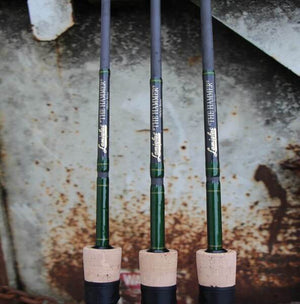 Vendor:Lamiglas
Vendor:LamiglasLamiglas "The Hammer" Jigging Rod
Regular price $169.99 CADRegular price -
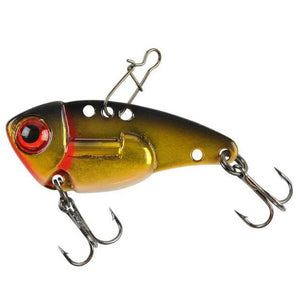
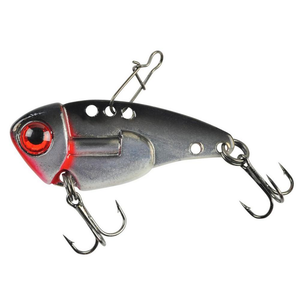
-

 Vendor:Anglers Choice
Vendor:Anglers ChoiceAnglers Choice Wally MinR 2.0 4"
Regular price $6.99 CADRegular price -

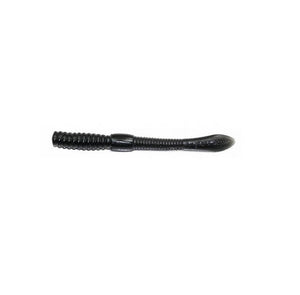 Vendor:Anglers Choice
Vendor:Anglers ChoiceAnglers Choice Spear Tail Worm
Regular price $6.99 CADRegular price -
Sold out
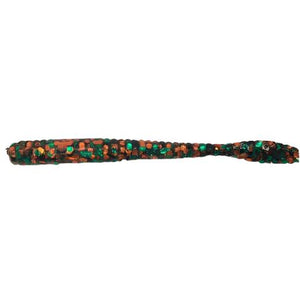
 Vendor:Bondy Bait Company Inc.
Vendor:Bondy Bait Company Inc.Bondy Worm 3.5"
Regular price $7.99 CADRegular price -
Sold out

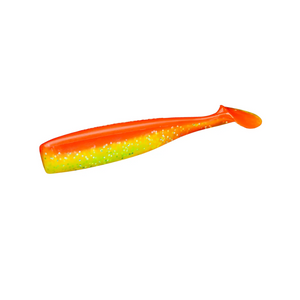
Vertical Jigging Technique:
Vertical jigging is a specialized fishing technique that targets fish at specific depths by using a direct up and down motion. This method is particularly effective in deep water and is designed to mimic an injured or fleeing prey with the use of weighted jigging lures.
Anglers use high-quality jigging rods, which are short and stiff with a fast to extra-fast action, paired with high-speed jigging reels. This setup is optimized for the vertical movement of the lure and to withstand the demands of deep water fishing.
The lures are dropped straight down to the target depth, right into the fish's zone. Anglers then impart a rhythmic lifting and dropping motion to the lures, making them dance and flutter in the water to attract a bite.
The erratic action of the lures is designed to imitate the movements of wounded or escaping baitfish, provoking aggressive strikes from predatory fish.
Choose the Right Jigging Equipment:
-
Jigging Rods: These are essential for effective vertical jigging, providing the necessary power and sensitivity to handle the jig's weight and the subsequent fight from deep-water fish. Consider using spinning rods from brands like Daiwa, Fenwick, and Lamiglas when vertical jigging.
-
Jigging Reels: High-speed reels are favoured for their ability to quickly retrieve line and maintain tension during the fight, crucial aspects of successful vertical jigging.
-
Jigging Lures: Specifically designed for this technique, jigging lures come in a range of shapes, sizes, and colours to suit different conditions and target species. They are typically weighted to sink quickly and have a variety of features designed to mimic the movements of injured or escaping baitfish, such as erratic darting and fluttering actions. Our best selling jigging lure from Lunker City, The 4” Fin-S Fish, comes in a wide variety of colours and is designed as a soft "fork tail Fish" for Texpose rigging and jigging. This lure doesn't quit when it comes to catching multiple species of fish all over the world.
Here are some effective tips and tricks for employing the vertical jigging technique:
-
Choose the Right Location: Focus on areas with significant underwater structures such as sunken trees, rocks, or ledges when fishing in lakes or reservoirs. In rivers, look for deep pools and slow-moving eddies. These environments increase your chances of attracting fish with your jigging actions.
-
Optimal Conditions: Vertical jigging can be highly effective when fish are less active at other water levels. Cold water conditions might make fish less likely to move far for food, making vertical jigging particularly effective. Seasons like early fall and spring are great times to try vertical jigging, as fish are either preparing for winter or becoming more active after it.
-
Proper Technique: Use subtle, short jerks rather than large sweeping motions. This mimics the natural movement of prey and is more likely to attract attention without scaring fish away. Envision the lure's underwater journey and adjust your movements to create the most lifelike presentation possible.
-
Equipment: Use the lightest jig possible that still allows you to maintain a vertical line in the water column. This ensures the jig moves at the same speed as the current, offering a natural presentation to the fish. The right jig weight and design can significantly impact your success rates.
-
Line Management: Keeping your line vertical is crucial in this technique. Adjust your position with a bow mounted trolling motor from Minn Kota to keep your line straight down from the rod tip, ensuring your jig mimics the natural fall of prey. This technique, known as "following the line," helps maintain the correct jig presentation and increases your chances of catching fish.
-
Understanding Walleye Behaviour: When targeting walleye, remember they're often found in deep waters. A vertical jig that can reach the bottom and stay in contact with it is key, as this is where walleye are likely to be located. The clarity of the line and the right jig movement are essential for detecting bites and ensuring effective lure presentation.
-
Wind and Drift Management: In lakes, use the wind to your advantage by allowing it to guide your boat over submerged obstacles where fish like walleye may be hiding. In river settings, let your boat drift slowly, ensuring your jigging line stays vertical for the most effective presentation.
Implementing these strategies can significantly improve your vertical jigging technique, making your fishing trips more productive and enjoyable. Remember, like any fishing technique, practice and patience are key to mastering vertical jigging.






